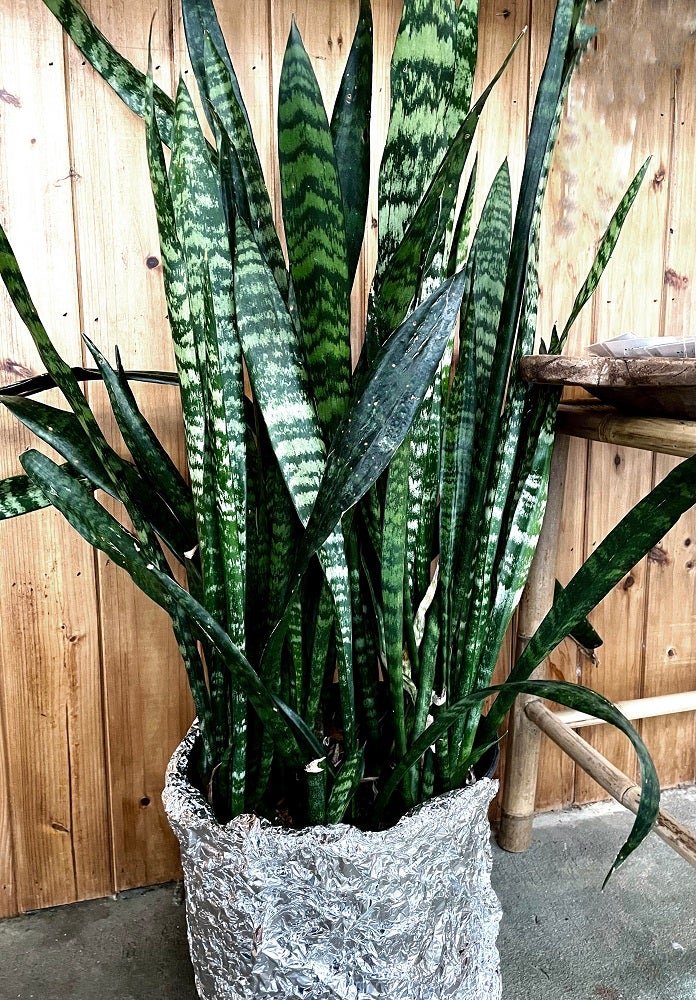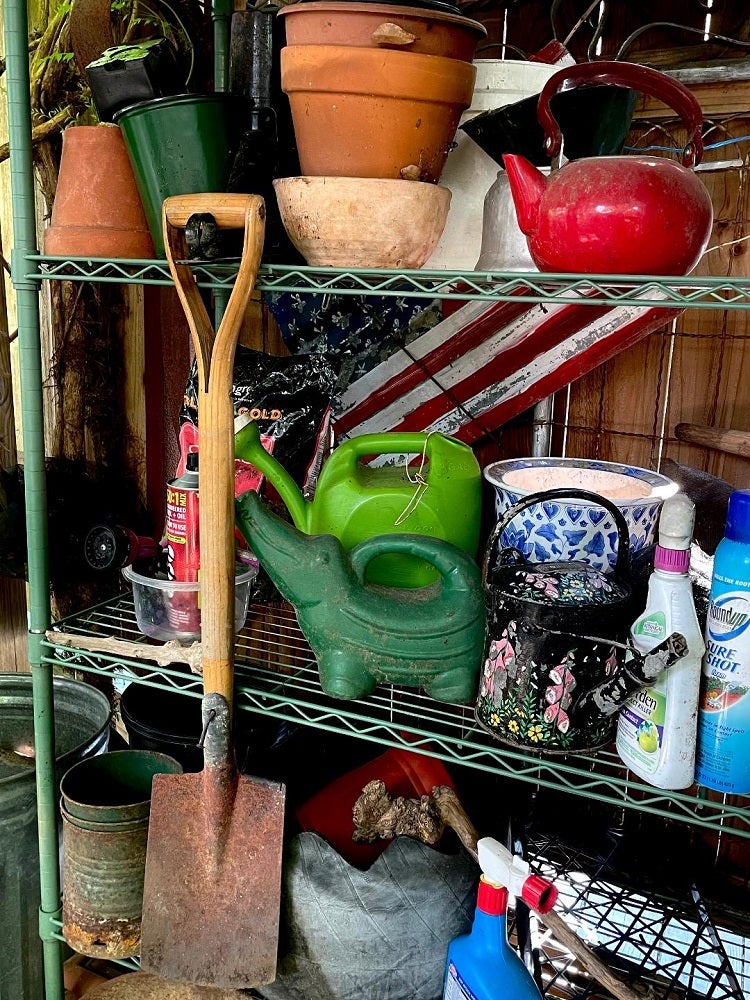Turf grass fungus takes over
Published 7:00 am Wednesday, October 26, 2016
We have been getting those long needed summer showers. And I have had numerous calls concerning lawn diseases.
We encounter most turf diseases in home lawns during the spring when temperatures are moderating along with afternoon showers, but summer days can also present several turf disease problems.
Gray Leaf Spot (Piricularia grisea) of St. Augustinegrass can cause severe thinning of home lawns during the heat of summer. This disease is more common during extended periods of hot, humid weather. Although primarily a disease of St. Augustinegrass, it is also found on crabgrass and occasionally on Centipedegrass. Infected turf will have irregular gray, dirty-yellow or ash-colored spots with brown, purple, or water-soaked borders on leaf blades. The disease is usually noticed first in shaded areas that remain damp longer. Under heavy disease development, the grass may have a burned or scorched appearance resulting in death or severe spotting of the leaf blades. Fungus spores are carried to sites of new infection by the wind, splashed rain, irrigation water, and mowers. Seldom will this disease kill an entire lawn, but can thin it severely enough to be unsightly and encourage weed infestations.
‘Helminthosporium’ Leaf Blights (Bipolaris spp., Curvularia spp., etc.) are probably the most serious summer diseases of bermuda grass and zoysia grass if left unmanaged. Symptoms are round or oblong spots on the leaf blades and are usually brown or purple in color. As the disease infections increase the leaf sheaths turn brown and die.
The turf may be badly
thinned and even die in patches, thus giving an appearance that adequately describes the disease’s other name of melting out. Dollar Spot (Sclerotinia homoecarpa) is a common summer disease found on many turf species, but is most common on Bermudagrass.
This disease is found more prevalent on neglected turf or areas that are under moisture or nutritional stress caused by the lack of nitrogen. Humid weather with heavy dew promotes the disease, which begins as small (2-3 inch) circular dead spots throughout the lawn. These small spots can then grow together to form much larger blighted turf. Fungicides are effective in controlling dollar spot, but a good fertilization and watering program will also help in the management of this disease.
Labor Day has past and we will soon begin to see and feel those subtle changes from summer to fall. Daylight hours are becoming less and there is that hint of crispness in the air when picking up the morning paper. Subtle changes going on with our lawns as well and when temperatures begin to cool the potential for large patch also known as brown patch (Rhizoctonia solani) disease will increase. While most all turf species can be affected by large patch, it is the most prevalent disease of St. Augustine and centipede lawns during the spring and fall.
Large patch is characterized by brownish to gray water-soaked irregular circular areas a few inches to several feet in diameter in the lawn. The disease usually attacks the base of leaf sheaths where they are joined to stolons causing the leaves to eventually die. Another diagnostic symptom often found is when pulling by hand on individual leaf blades they easily slip from the stolon and have a brown, wet, slimy appearance at the base. If the disease becomes severe and is not controlled it will eventually attack the stolons and roots killing large areas of the lawn.
Excessive nitrogen fertilization, leaf wetness, and heavy thatch build up tend to make the turf more susceptible to brown patch so avoiding these will be wise. Do not apply fertilizers containing high levels of quick release sources of nitrogen in the fall if your lawn has had a history of large patch attack. Water the lawn early enough in the day to allow the leaves to dry before nightfall and be on the alert and be prepared to treat with an appropriate fungicide early before the fungus becomes devastating to the lawn. Control is particularly important in the fall, as recovery will not be possible until the following spring.
Controlling these diseases is best accomplished by keeping the turf as healthy as possible by reducing stress conditions. Avoid excessive nitrogen fertilization (with the exception of dollar spot). Water, when needed, early enough in the day so foliage will not remain wet overnight. Mow regularly at proper height with a sharp mower only when the turf is dry. Be prepared to apply fungicides according to label recommendations if climatic conditions favor disease proliferation.
By Dr. Eddie Smith




